There’s something magical about visiting a country for the very first time. The sights are fresh, the sounds are unfamiliar, and even the smallest details leave an impression. For many travelers in Southeast Asia, Laos is that hidden gem that feels both mysterious and welcoming at the same time.
Unlike its fast-paced neighbors, Laos moves slowly. People sip coffee by the Mekong, monks in saffron robes walk quietly at sunrise, and nature dominates the landscape with waterfalls, caves, and mountains stretching into the horizon. It’s not the kind of place where you tick off a list of attractions; instead, it’s a country that encourages you to slow down and truly take in your surroundings.
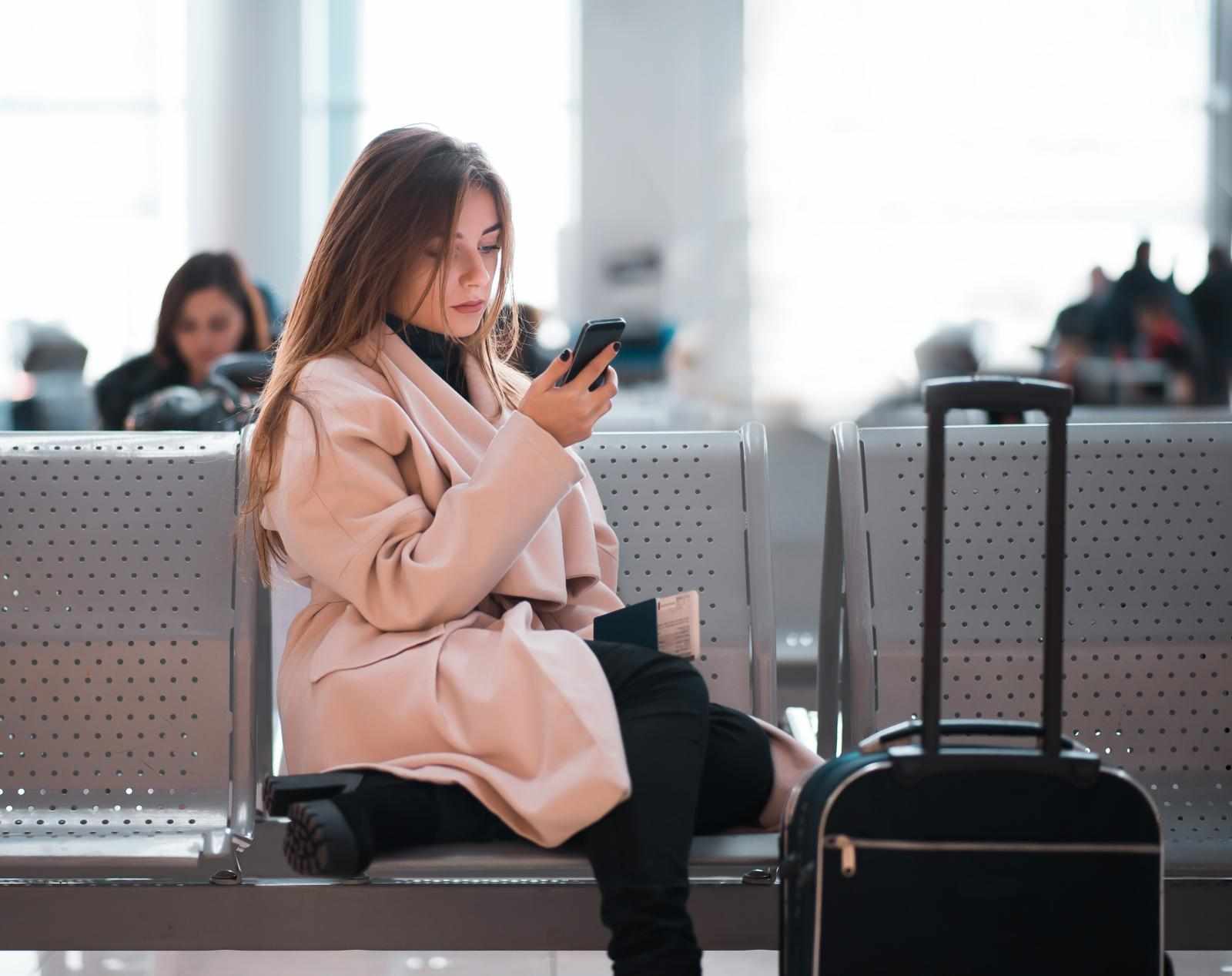
Thanks to the Laos Online eVisa system, planning a trip has never been easier. If this is your first time visiting, here are some practical tips to help you prepare, enjoy the journey, and make your experience as smooth as possible.
Getting Your Laos eVisa
Before you can dive into the temples, night markets, and river sunsets, you’ll need to handle the paperwork. The good news is that the process is straightforward.
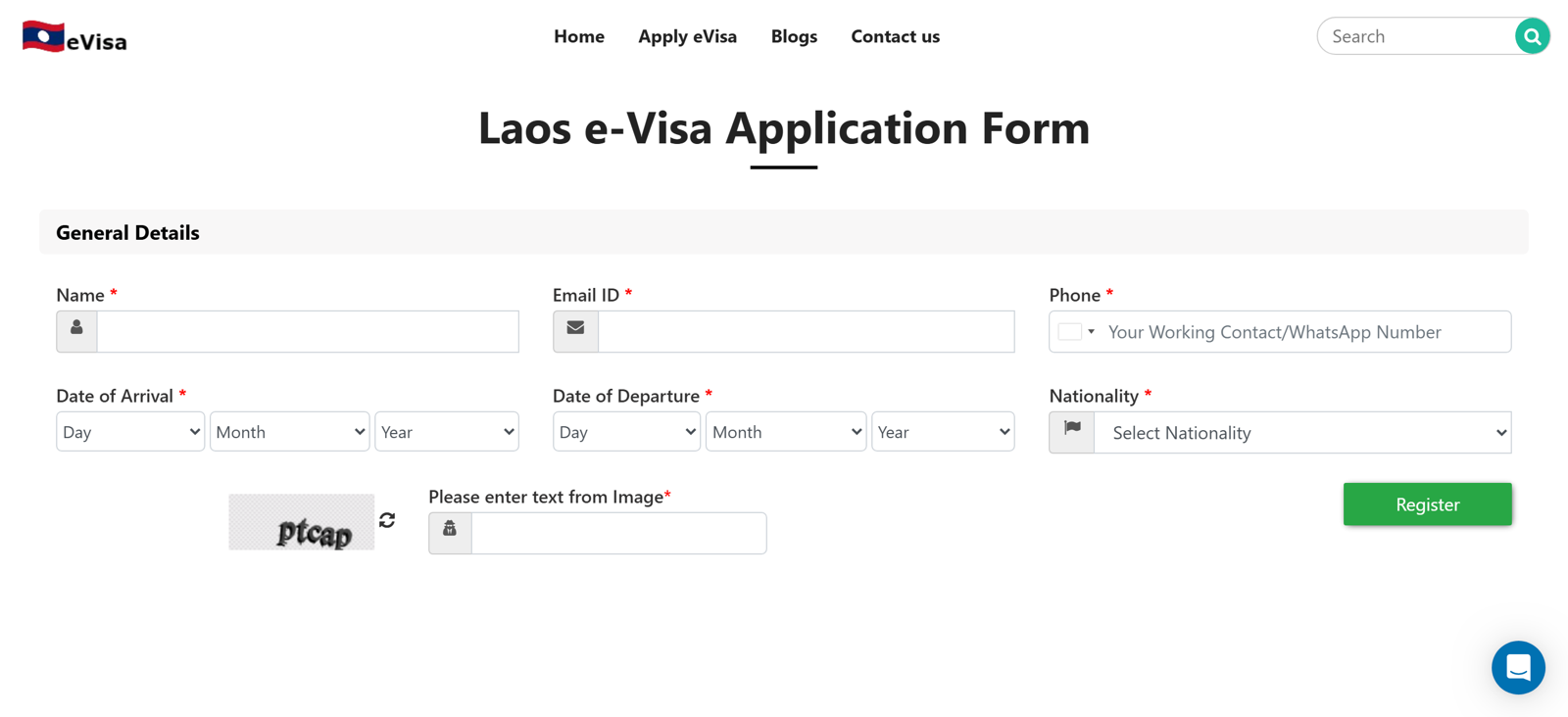
The Laos eVisa is available to citizens of most countries, including India, the United States, and European nations. You simply apply for Laos eVisa online before your trip. Here’s how it works in practice:
Fill in your personal details and upload a passport photo along with a scanned copy of your passport.
Pay the processing fee with a card.
Wait for approval, usually within three business days.
Print out the eVisa approval letter you receive by email—it’s essential to carry a physical copy.
You can use your eVisa to enter Laos at major international airports such as Vientiane’s Wattay International Airport, Luang Prabang International Airport, and a few designated land borders.
Money Matters
The local currency is the Lao Kip (LAK). While large hotels and some restaurants in tourist centers take cards, don’t rely on them everywhere. ATMs are easy to find in cities but can be scarce in rural areas, so carrying enough cash for day-to-day expenses is wise.
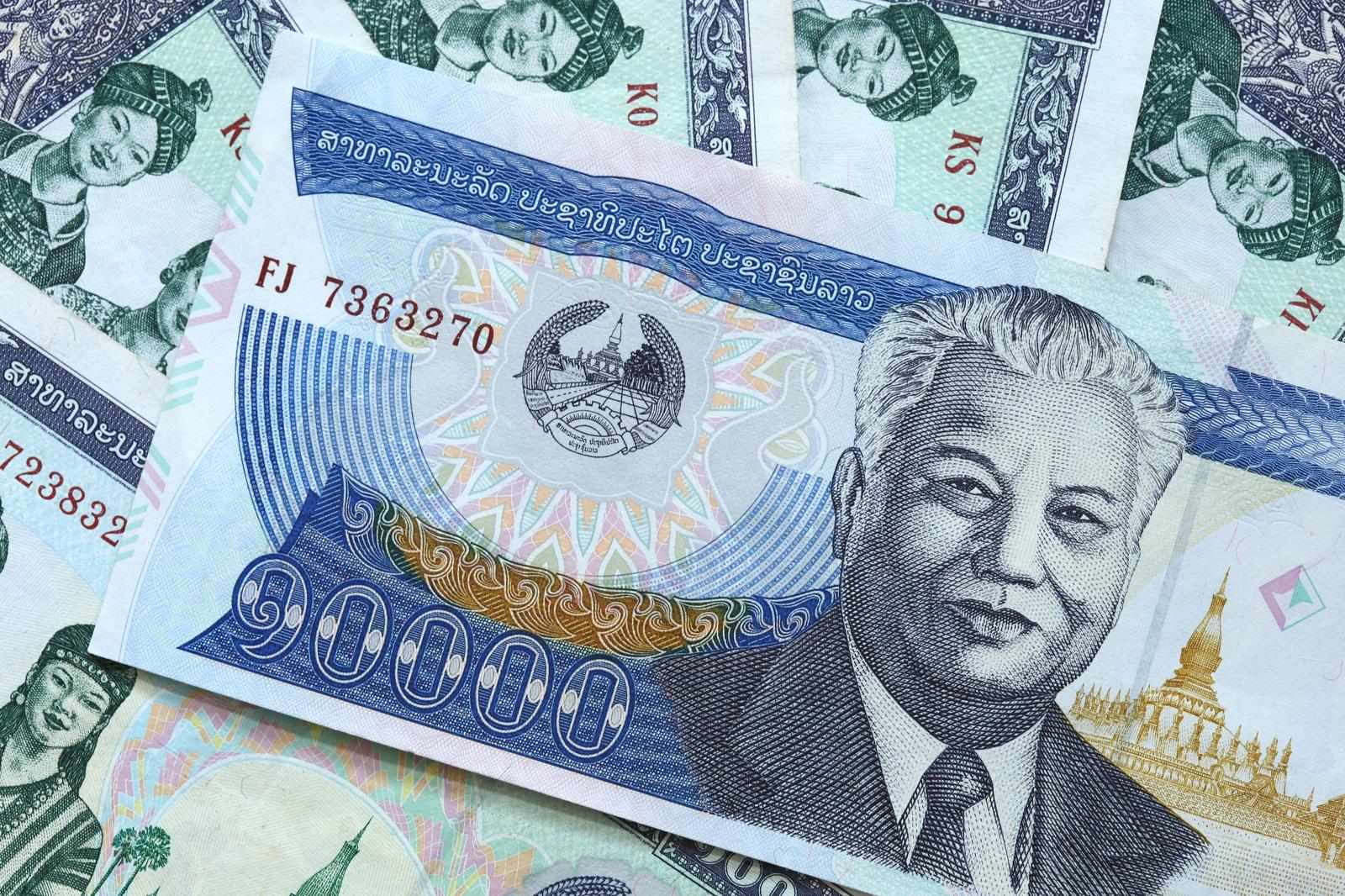
Many shops and guesthouses also accept U.S. dollars and Thai baht, but you’ll usually get a better deal paying in kip. A small stash of local cash makes life much easier when buying food at a night market or paying for a tuk-tuk.
Language and Etiquette
English is spoken in hotels and by tour operators, but learning a few Lao phrases shows respect and earns smiles. Start with the basics:
Sabaidee – Hello
Khop chai – Thank you
Tham nyang dai bor? – Can I eat this?
Cultural respect is just as important as language. Laos is deeply Buddhist, so modest clothing is expected when visiting temples. Shoulders and knees should be covered, and shoes removed before entering religious sites. Even outside temples, dressing modestly is appreciated.
Getting Around
Transportation in Laos reflects the country’s unhurried pace. Tuk-tuks are the standard way to move around town—always negotiate the price before your ride. Between cities, buses and minivans are common, though the journeys can be long and the roads winding. Patience (and maybe motion sickness tablets) can make the trips easier.
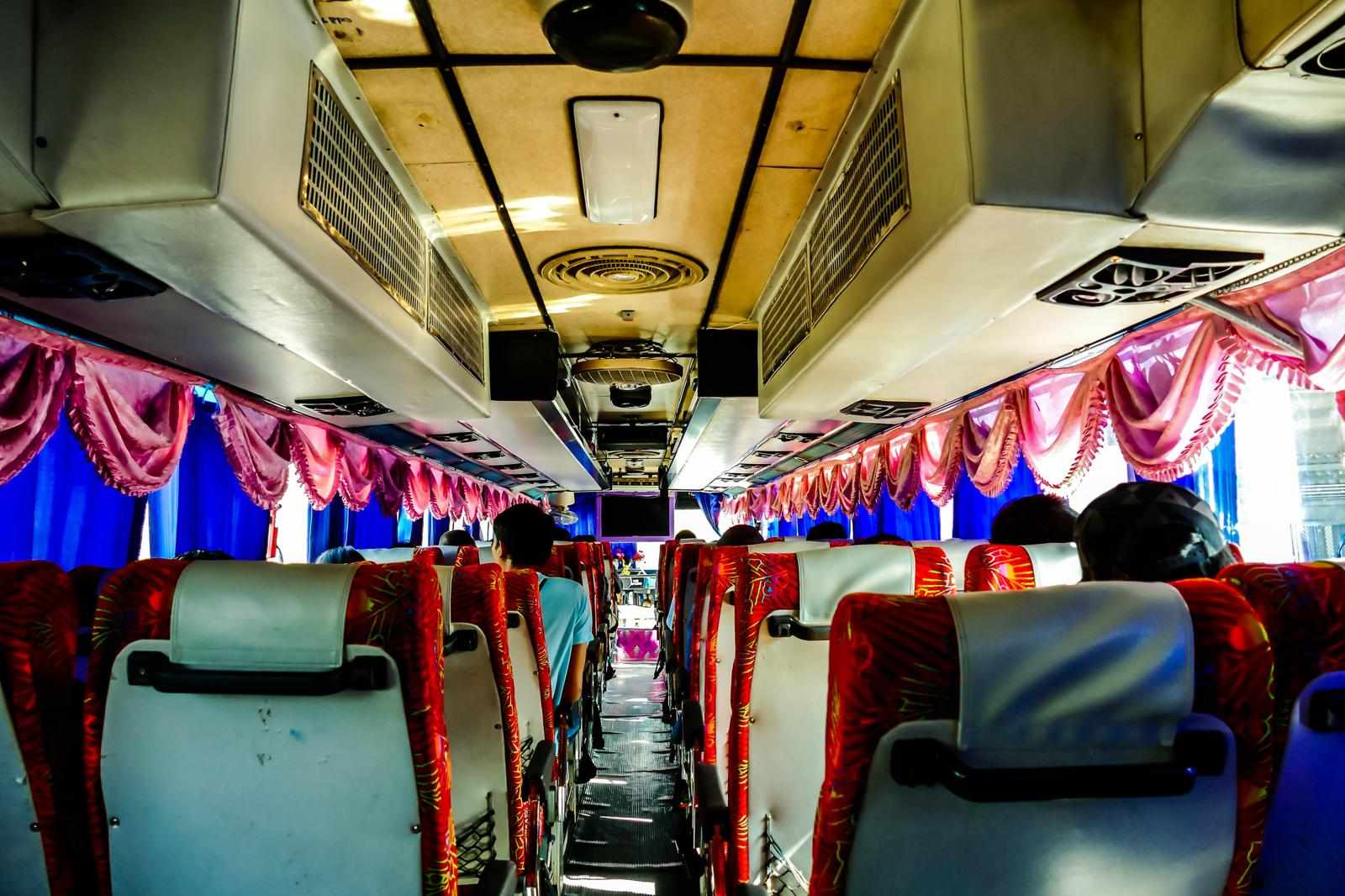
If you’d rather save time, domestic flights are available between Vientiane, Luang Prabang, and Pakse. They aren’t expensive, and they cut down travel hours dramatically.
First-Time Highlights
It’s tempting to try to see everything, but Laos is best enjoyed slowly. Still, here are places that most first-time visitors shouldn’t miss:
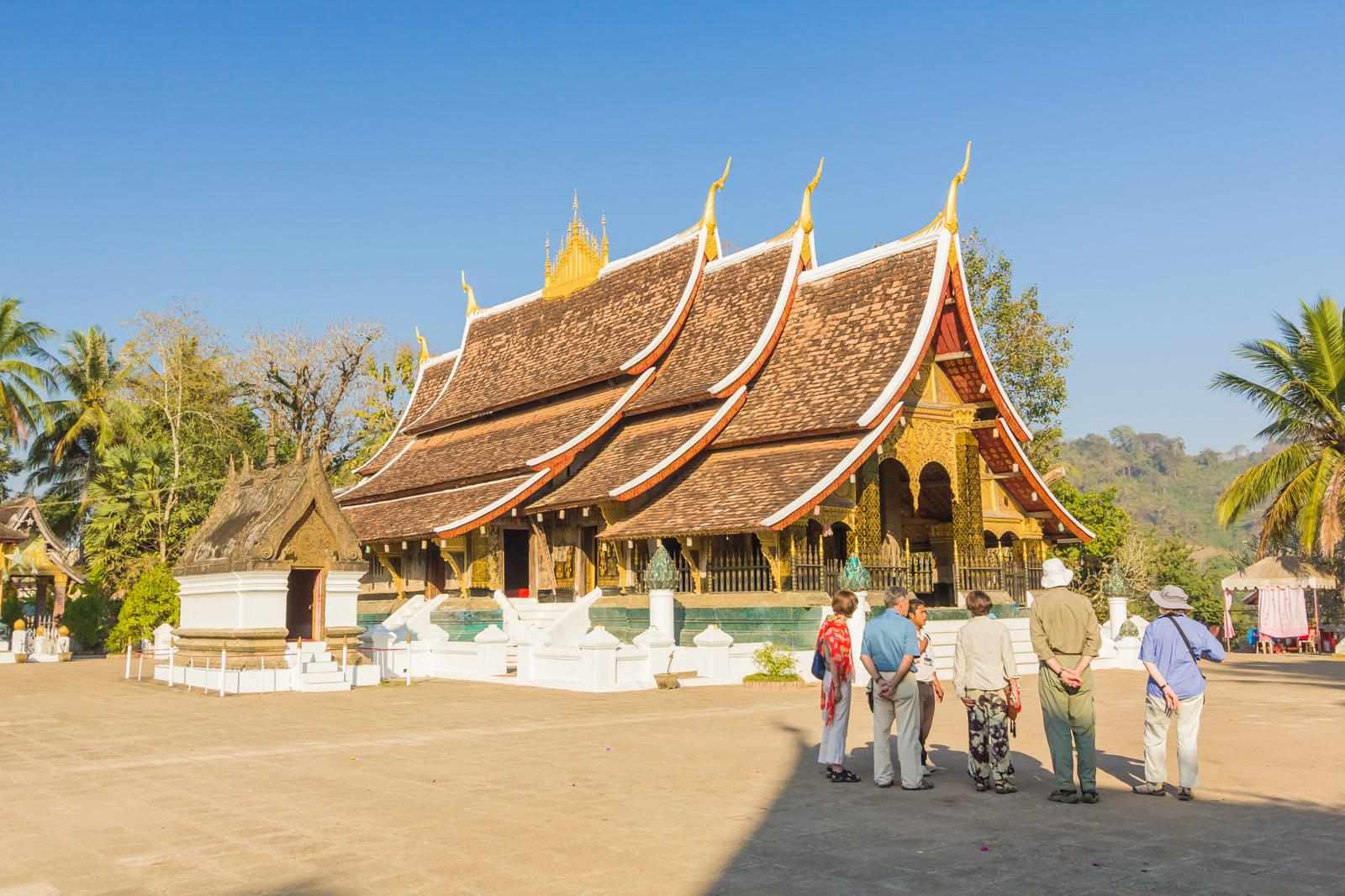
Luang Prabang: A mix of golden temples, French colonial streets, and night markets. Don’t miss the early morning alms ceremony or a day trip to Kuang Si Falls.
Vientiane: Laid-back capital with That Luang stupa, Patuxai Monument, and plenty of riverside cafés.
Vang Vieng: Limestone karsts, caves, and the Nam Song River. Adventure seekers will love kayaking, hiking, and hot air balloon rides.
Southern Laos (4,000 Islands): Perfect for relaxation. Stay on Don Det or Don Khon, rent a bicycle, and enjoy life by the Mekong.
Food and Drink
Laotian cuisine is simple, fresh, and incredibly tasty. Expect sticky rice with nearly every meal—it’s eaten with your hands and used to scoop up dips, salads, and grilled meats.
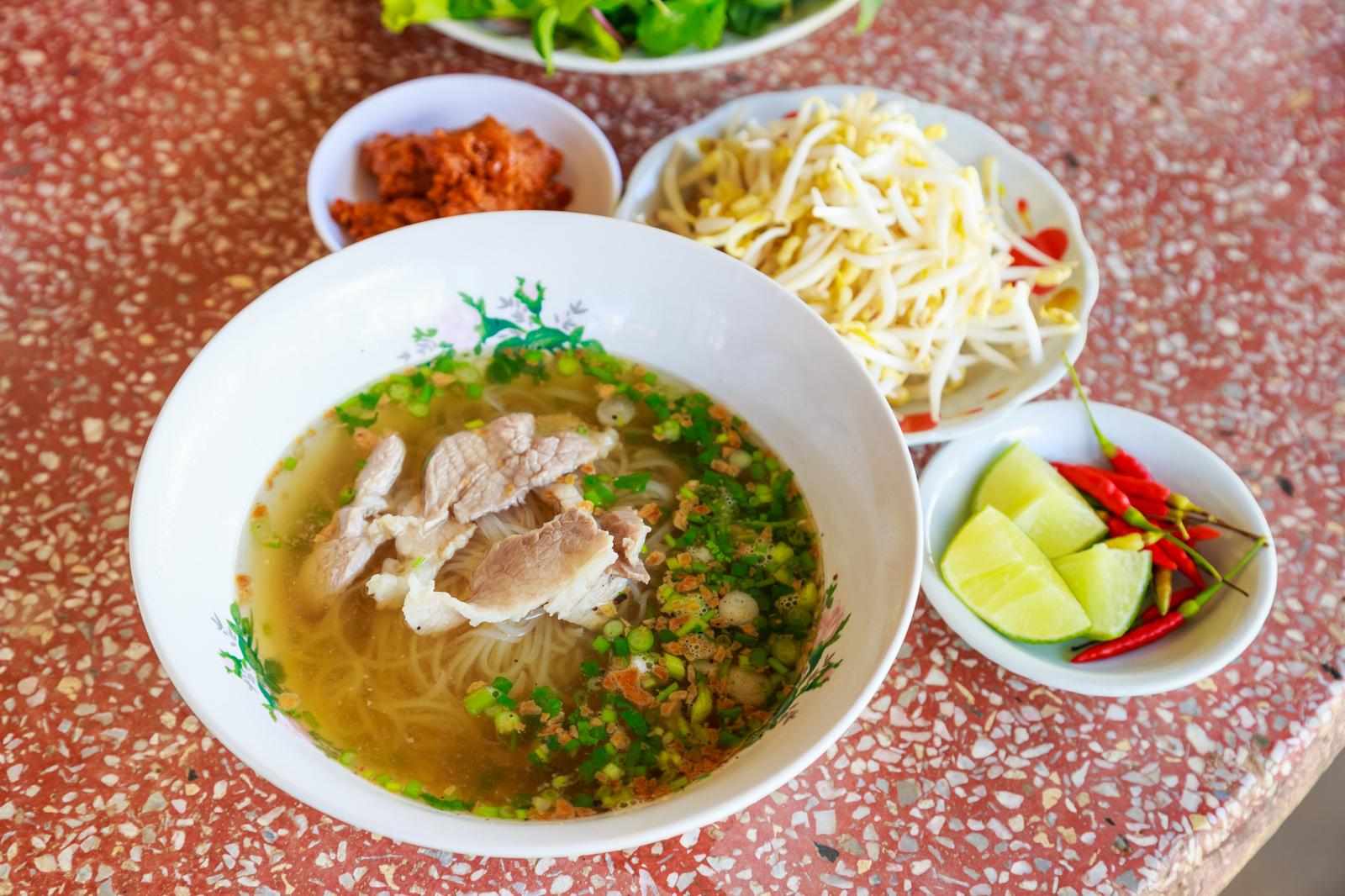
Don’t leave without trying:
Laap (Larb): A zesty minced meat salad with lime, herbs, and chili.
Tam Mak Hoong: The local version of papaya salad.
Grilled river fish: Often served with lemongrass stuffing.
Beerlao: The national beer, best enjoyed at sunset on the Mekong.
Food is safe in most tourist towns, but stick to freshly cooked meals at busy stalls to be extra cautious.
Staying Connected
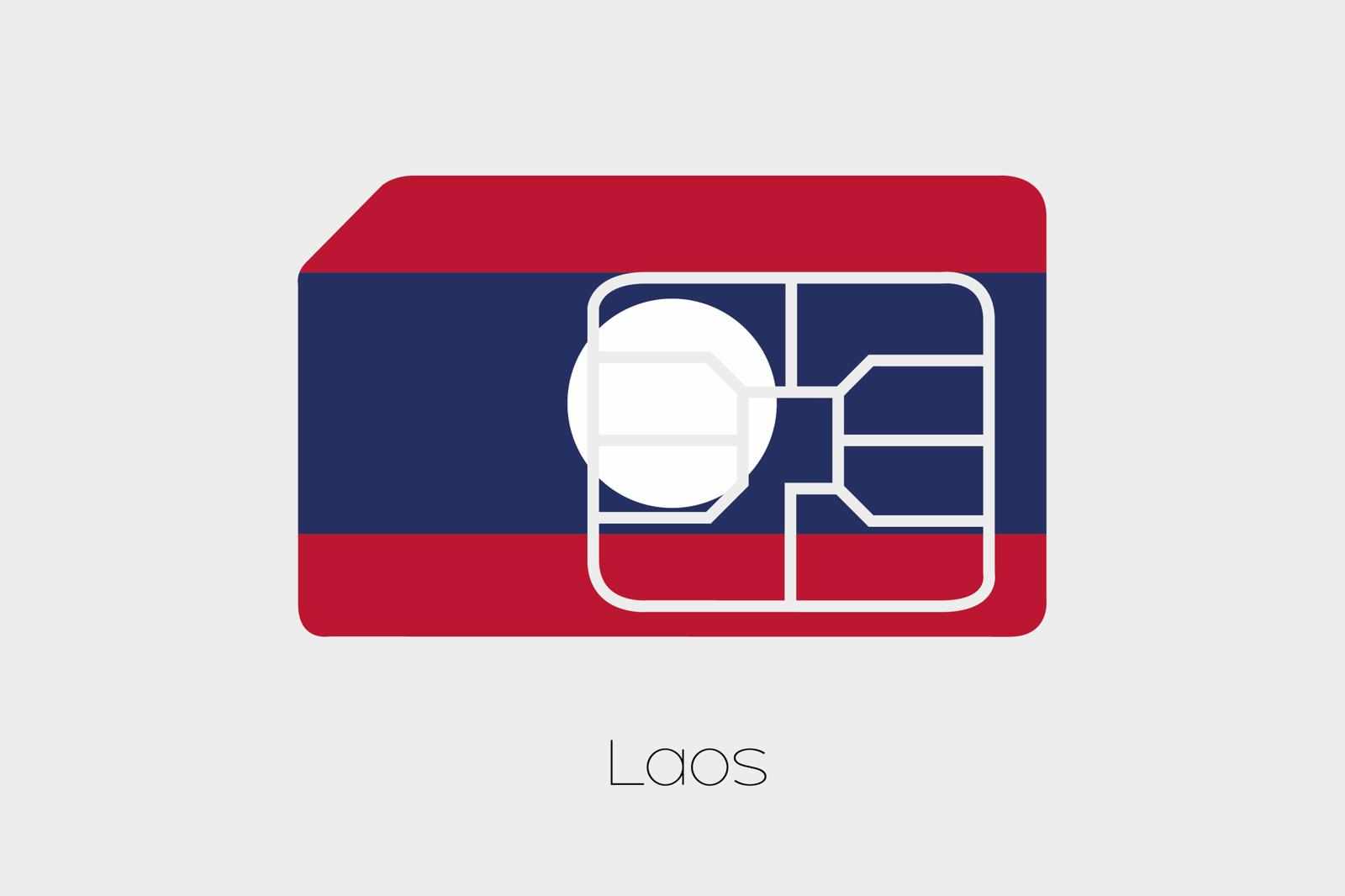
Buying a local SIM card is cheap and hassle-free. You’ll find booths at the airport and phone shops in towns. Providers like Unitel and Lao Telecom give good coverage. Having mobile data makes getting directions, booking transport, or translating signs much easier.
Adapting to the Pace
One of the most important tips for Laos is to adjust your expectations. Trains don’t always run on time, buses make unexpected stops, and schedules can be vague. But this slower rhythm is part of the charm. Instead of rushing, you’ll find yourself lingering at a café or enjoying the scenery outside the bus window.
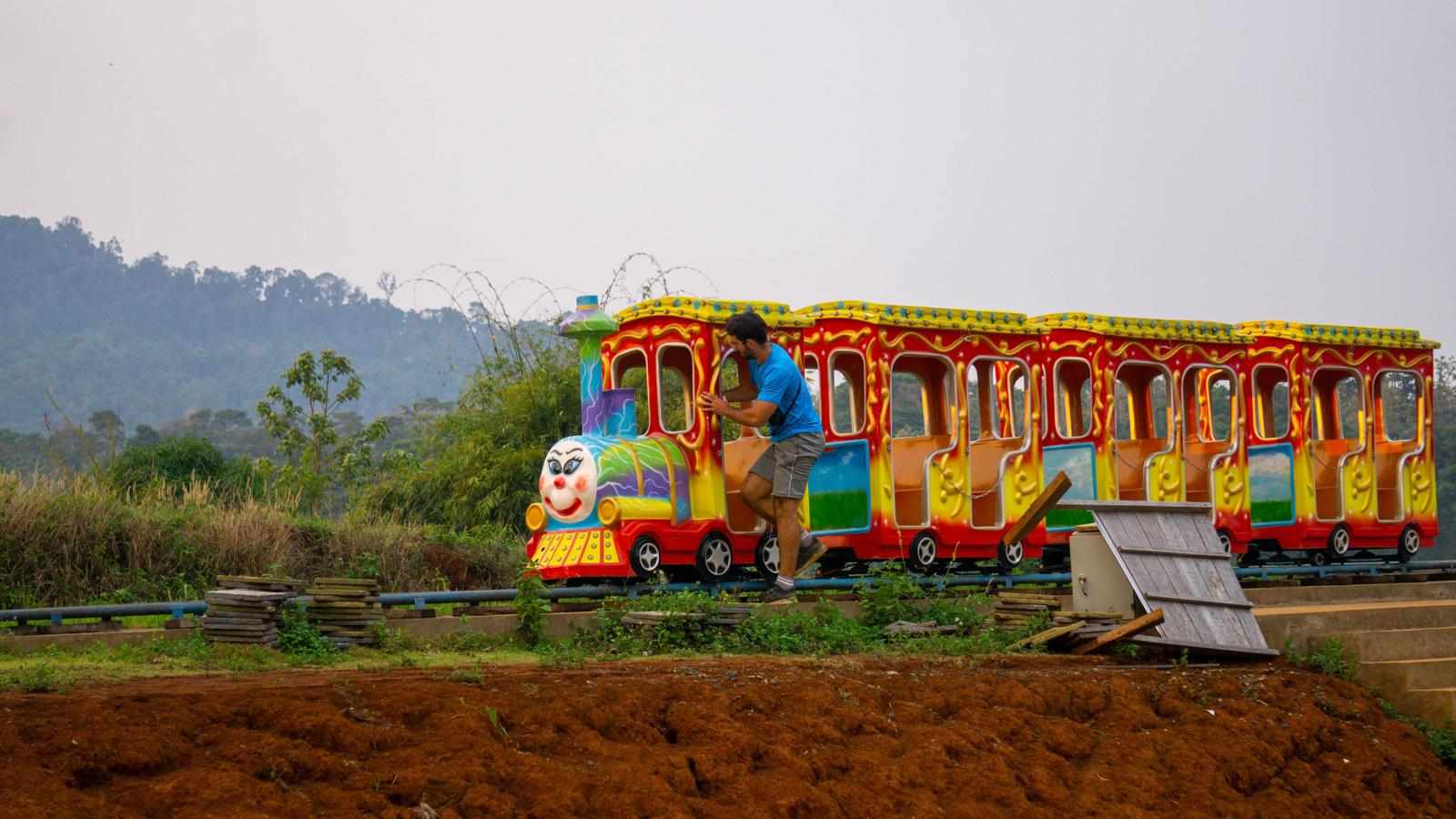
Travelers often say Laos feels like stepping into a slower, simpler time. Let it remind you that travel isn’t just about checking places off a list—it’s about experiencing life differently.
Health and Safety
Drink bottled or filtered water.
Bring insect repellent, especially in rural areas.
Have travel insurance for emergencies.
Avoid political discussions—Laos is a one-party state, and locals prefer to steer clear of sensitive topics.
Laos is generally very safe, but like anywhere, use common sense with valuables in crowded markets or on overnight buses.
Final Thoughts
Laos doesn’t try to dazzle you with skyscrapers or theme parks. Instead, it offers quiet temples, river sunsets, waterfalls hidden in the jungle, and some of the friendliest people you’ll ever meet. With your eVisa in hand, getting there is straightforward, leaving you free to focus on the experiences that truly matter.
For a first-time visitor, the best advice is this: don’t try to see it all. Pick a few places, give yourself time, and let Laos reveal itself slowly. You’ll leave not only with photos and souvenirs but with a new appreciation for life lived at a gentler pace.



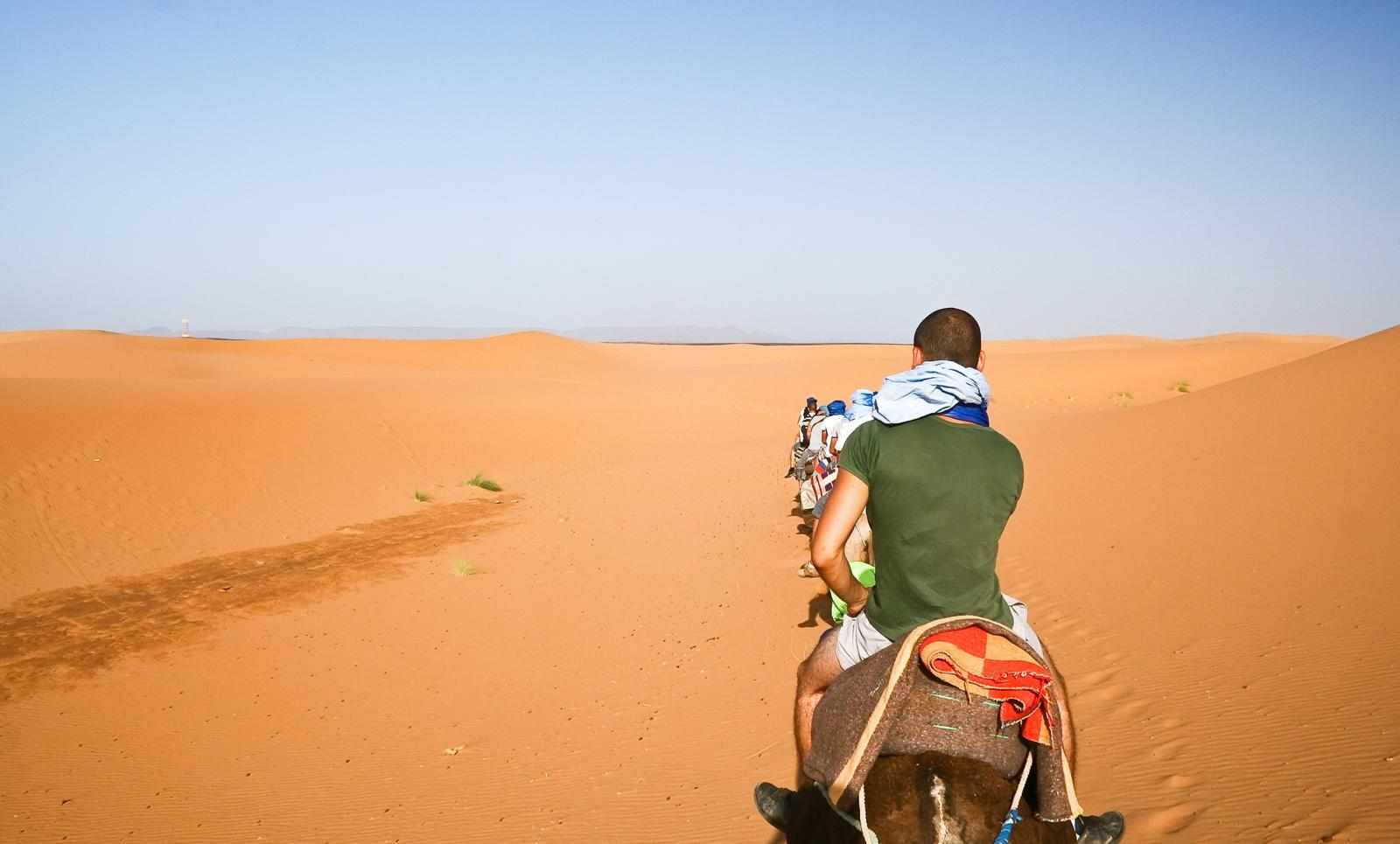

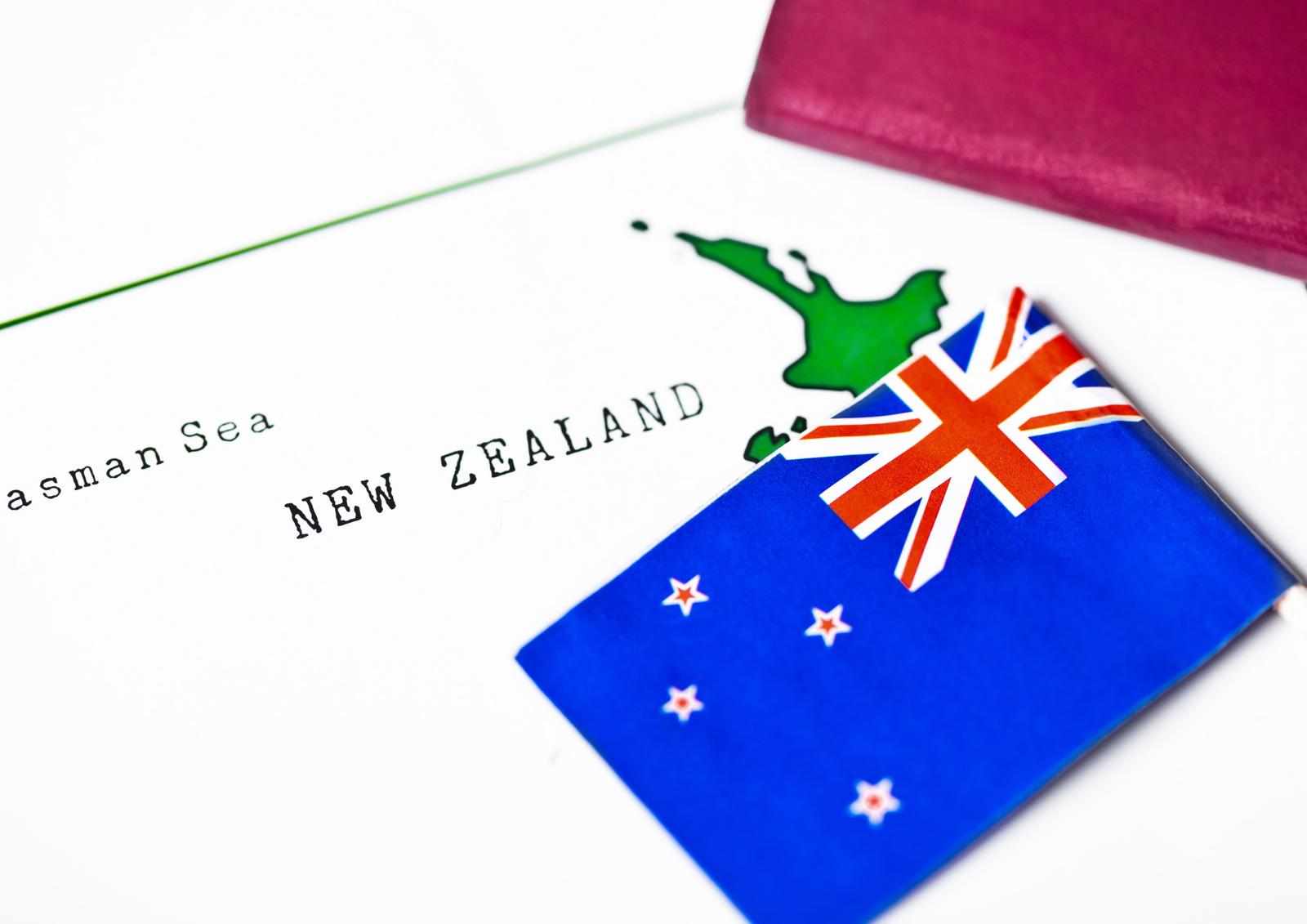
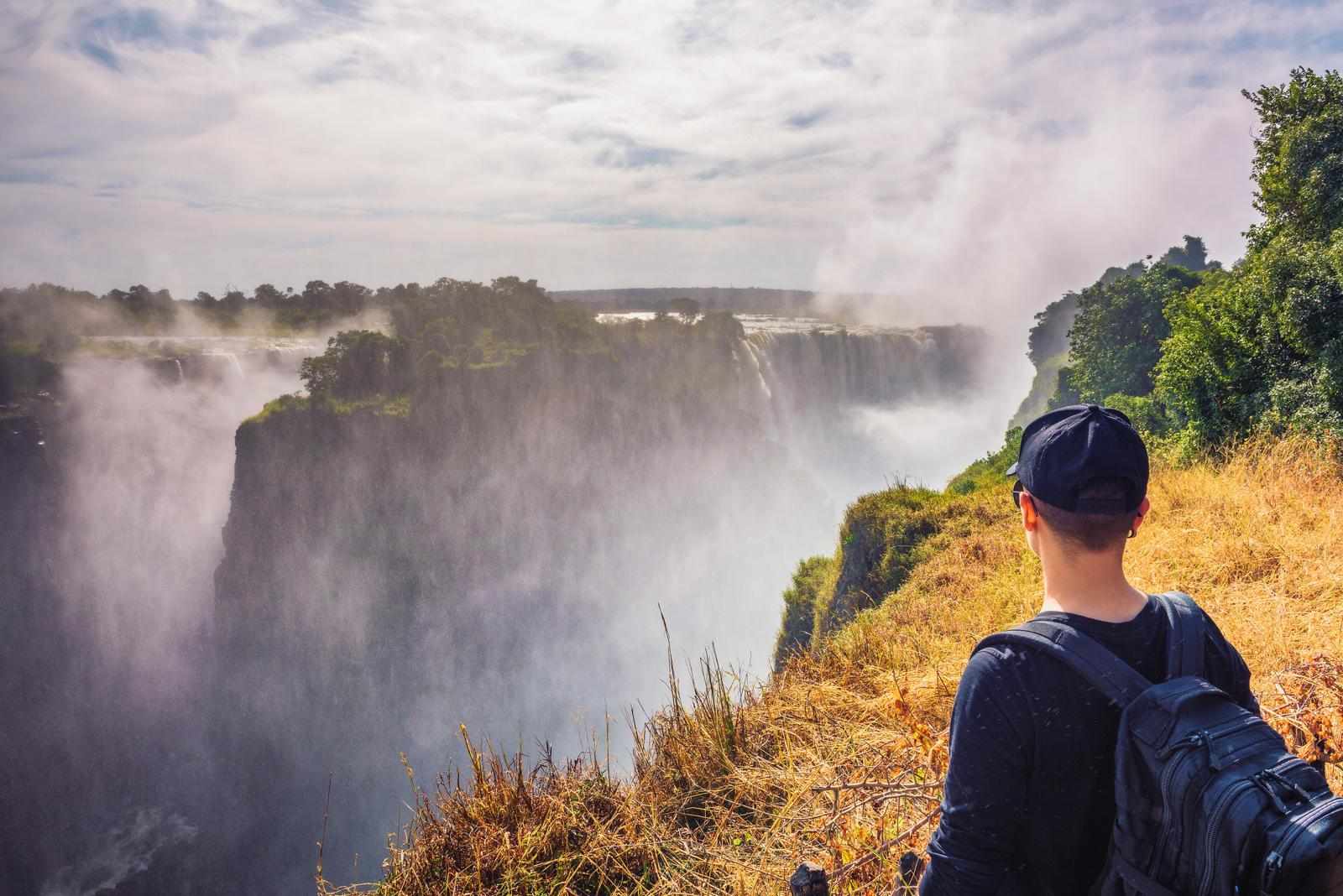



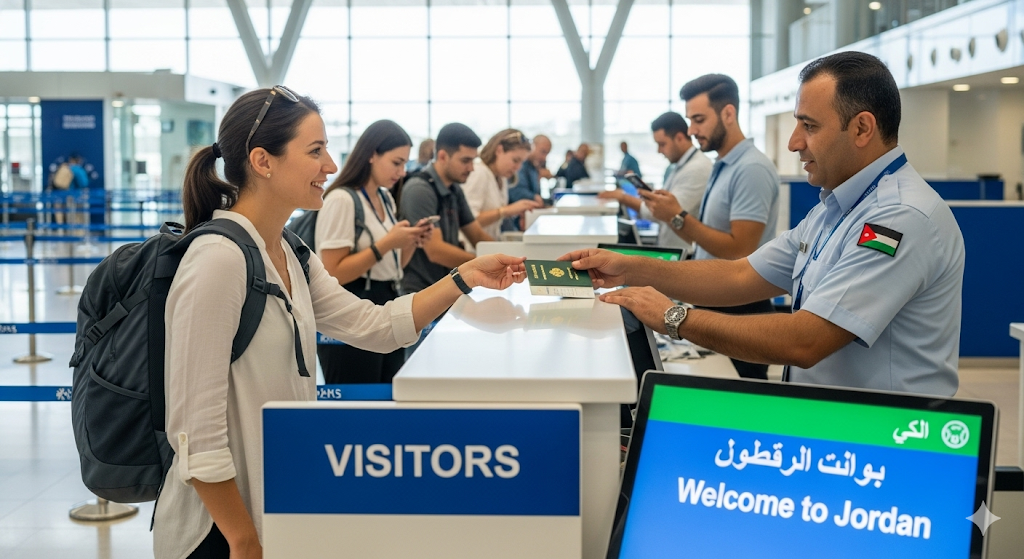
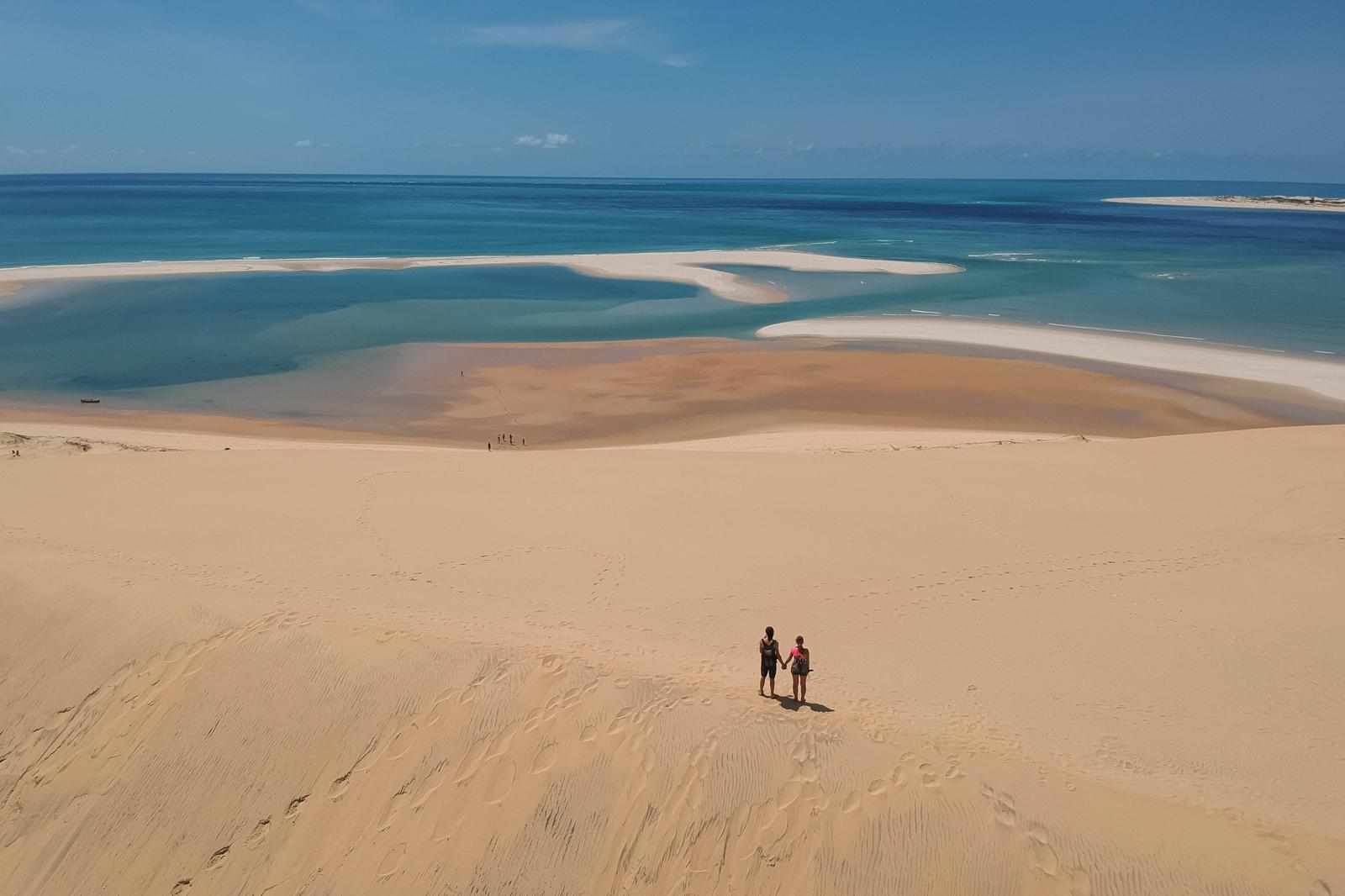
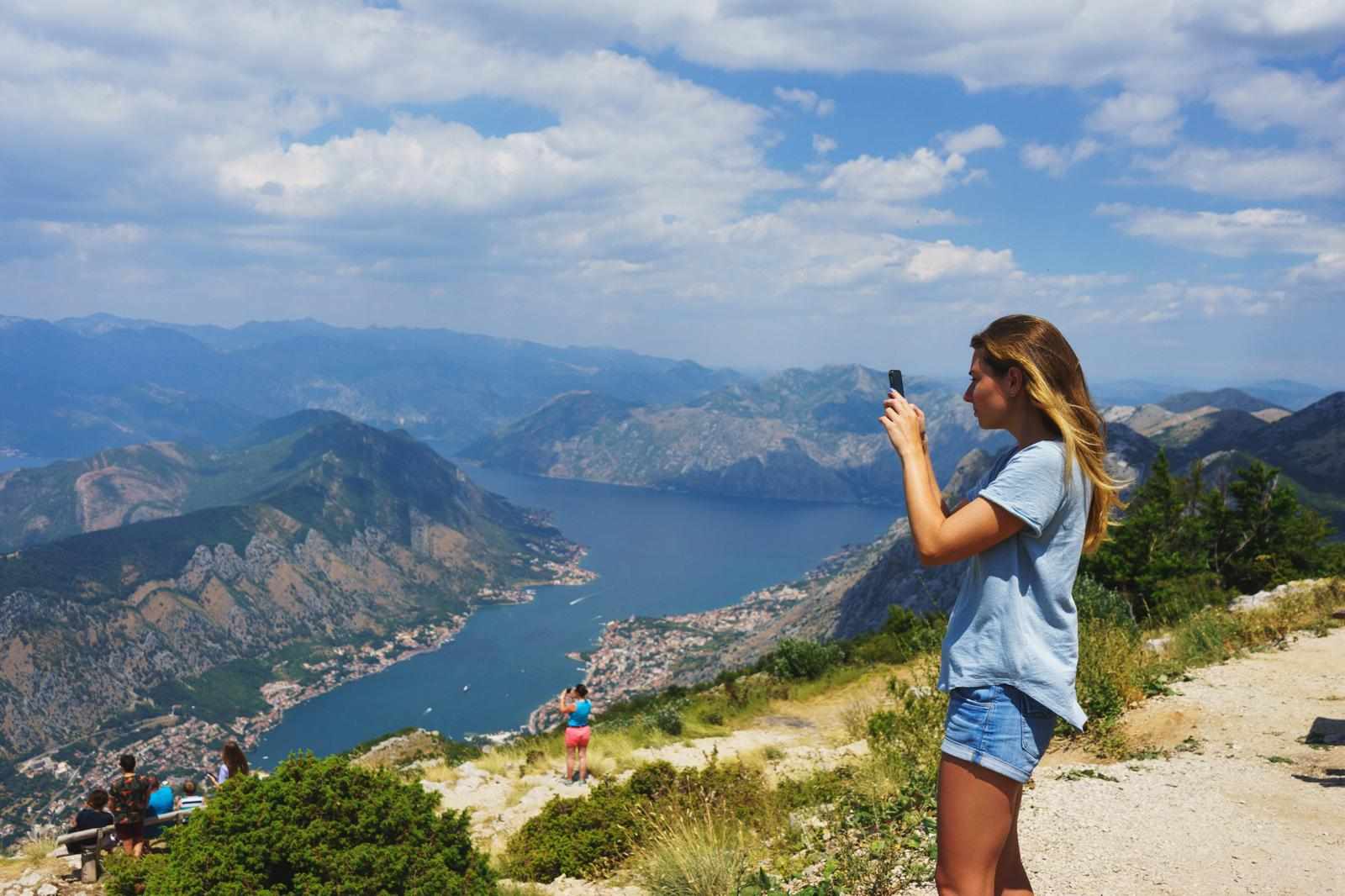

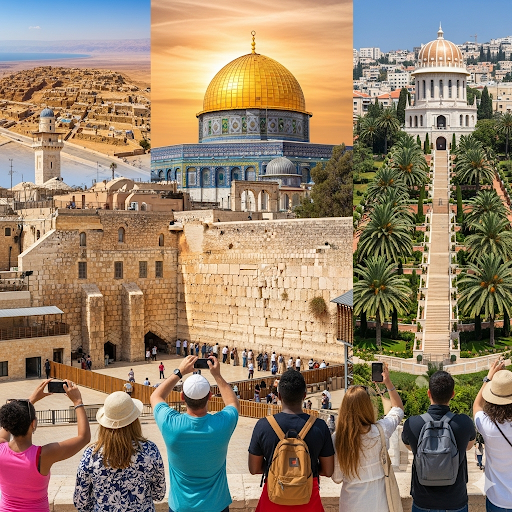
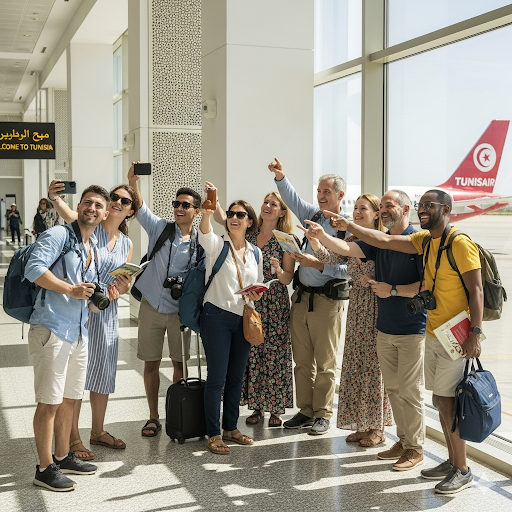
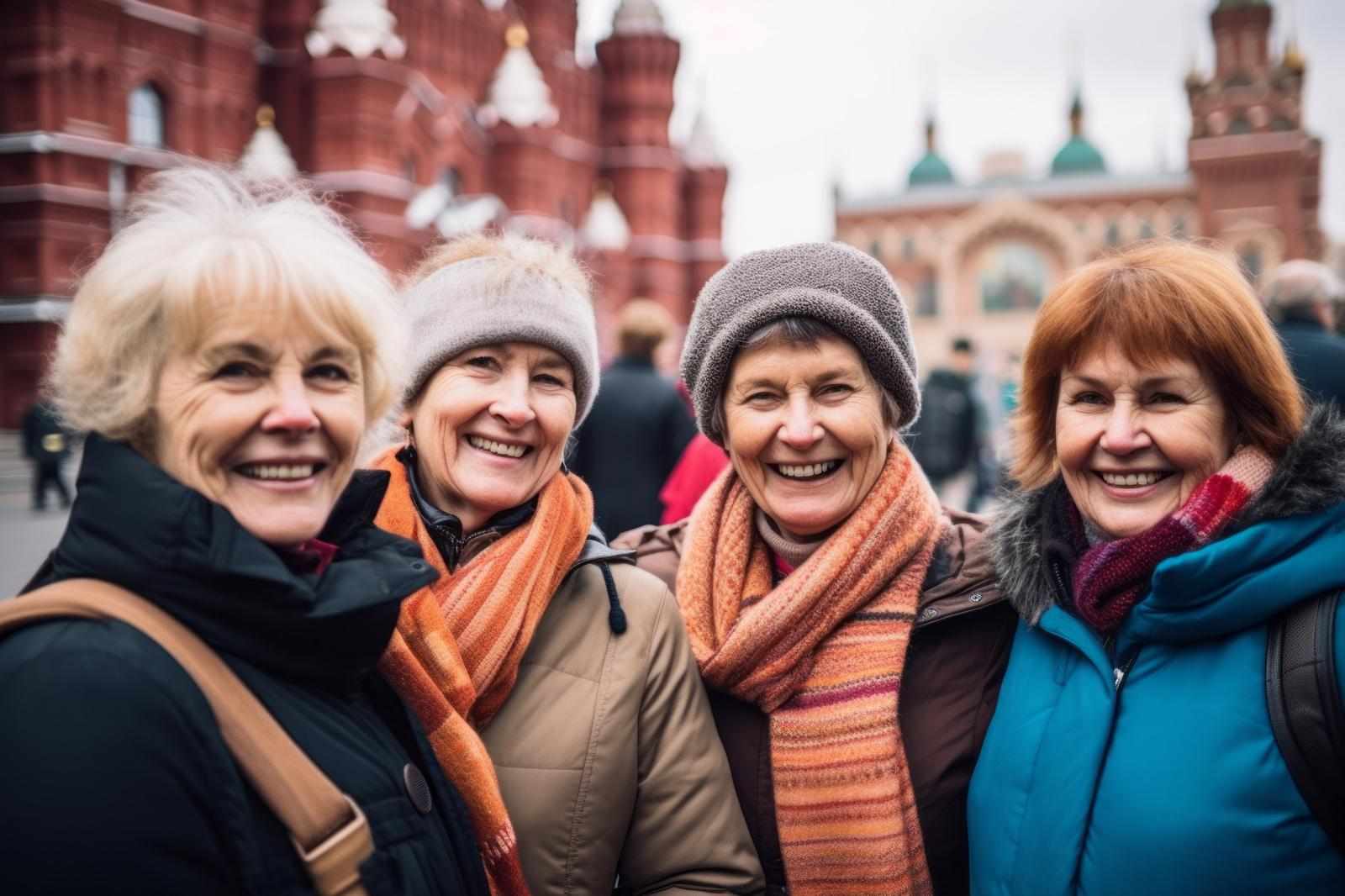
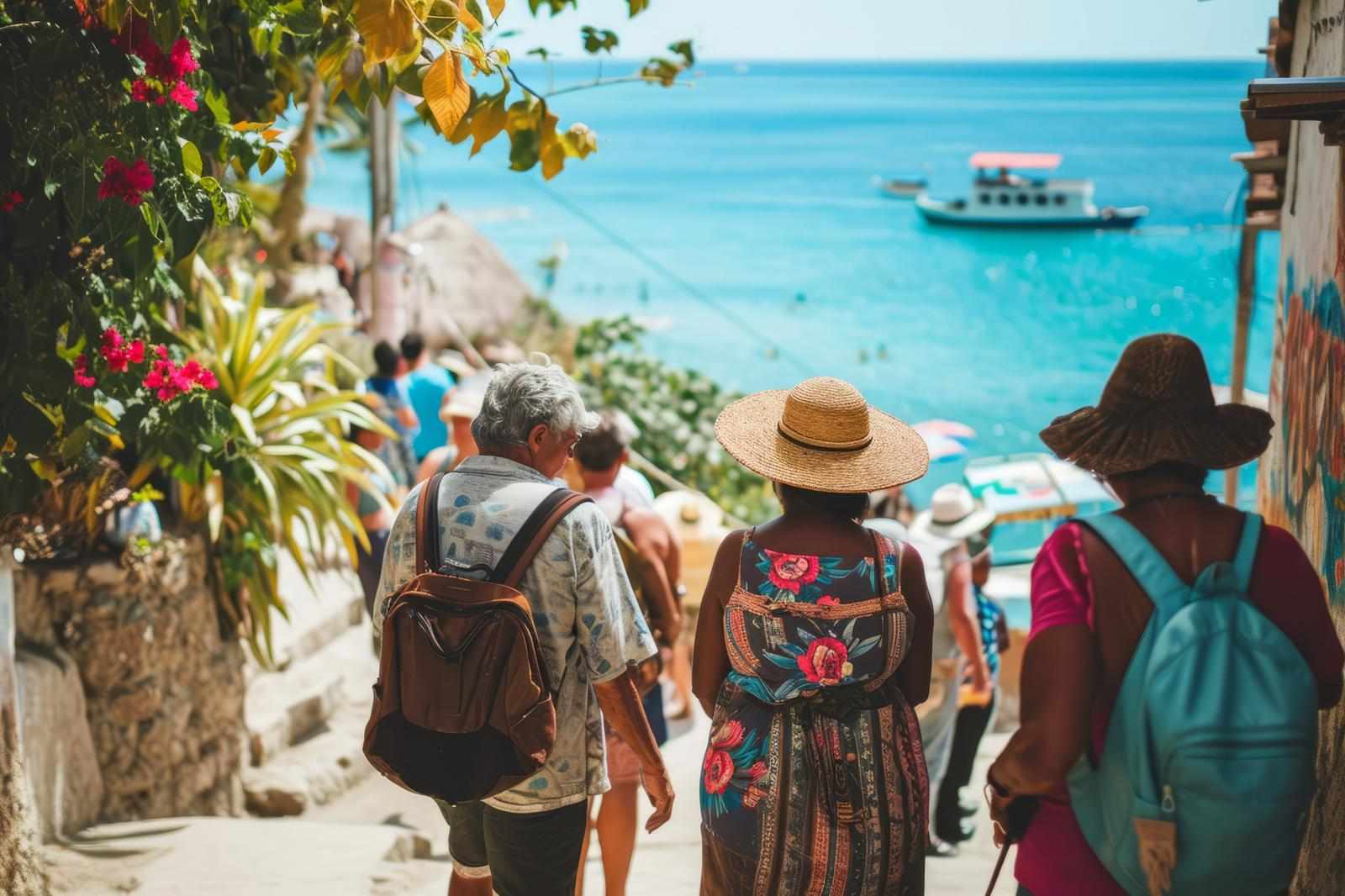
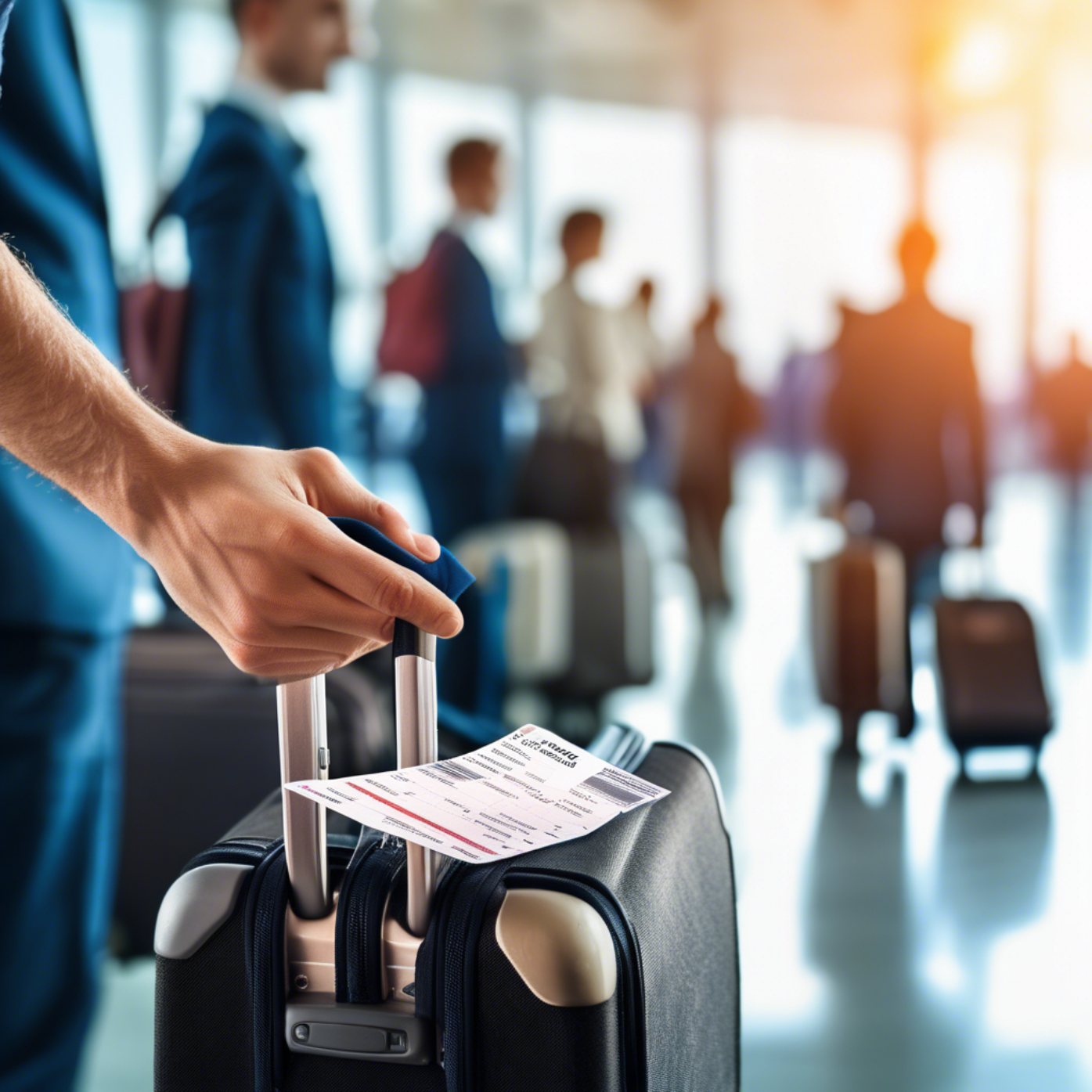
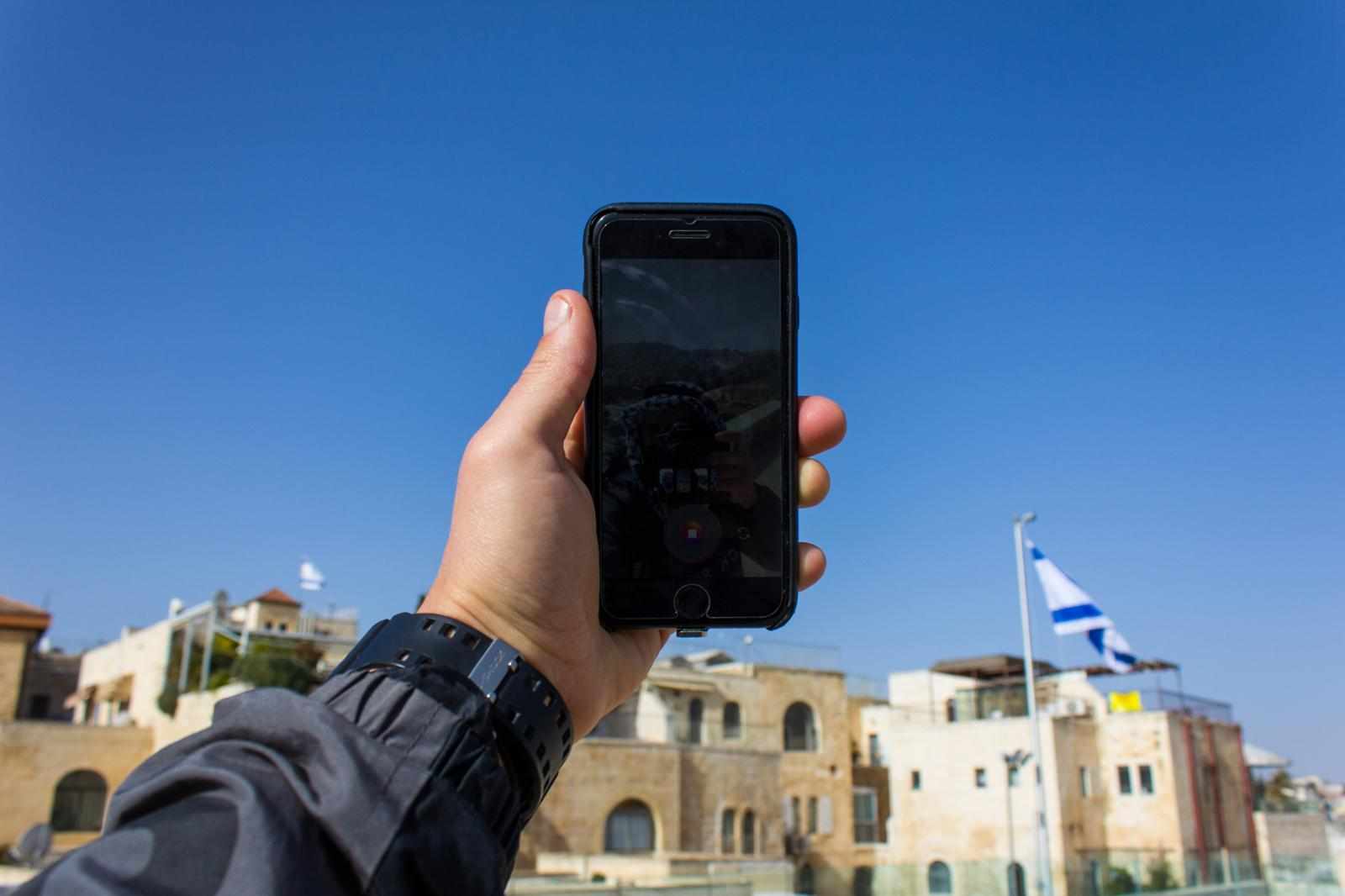
Write a comment ...